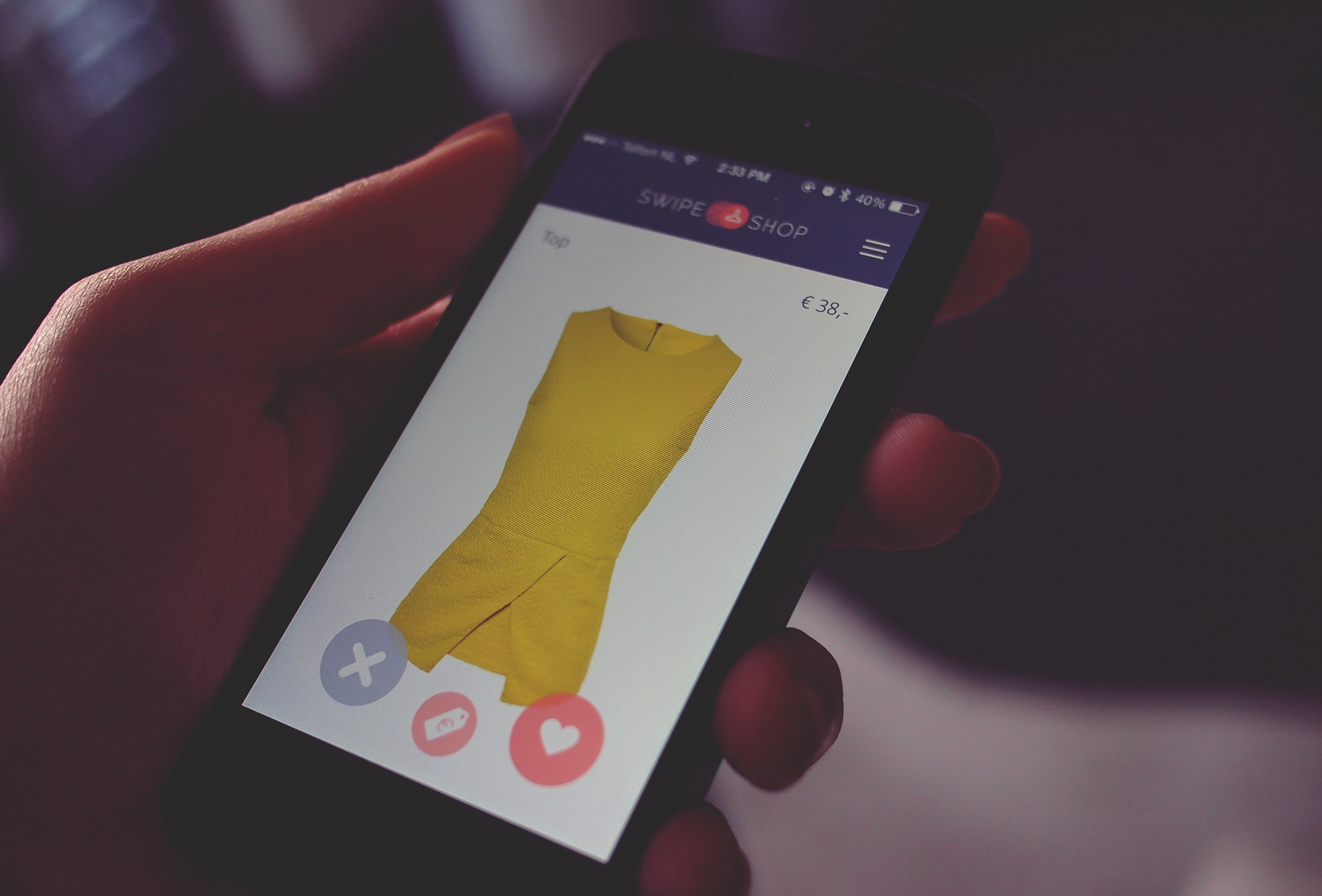According to an article in Retail Week, the World Economic Forum believes we're on the verge of a fourth industrial revolution. First there was steam, then came mass production, third was the world of electronics and now, we may be entering the age where the physical and online world merge.
The future predictions appear to be in line with the current phenomenon of Brand Commerce, in which online and offline experiences overlap in “smarter ways to enhance the customer experience”. The rapid race for technological advancements, and the desire to create the latest fad, has meant that the boundaries between online and offline have blurred. This also follows on from the idea that “shopping is no longer a selected activity, but something that is always on”, purely as a result of current technology.
This creates 2 opportunities for brands:
- Every brand touchpoint is a shop-able opportunity
- Every retail touchpoint is a storytelling opportunity
Brands must ensure they are delivering on-brand messaging across all touchpoints their customer may stumble across; think user experiences, not just a single user experience. In the face of omni-channel consumerism, it is increasingly likely that a customer or prospective customer sees an advert in a newspaper on their way to work, then browses the website on their smartphone and later ordering online from their desktop computer for instore collection.
This means that messaging and experience must be consistent across all possible touchpoints until the final stop of making their purchase - especially as 41% of all online purchases start on one device and finish on another, and 84% of smartphone users use their phone whilst in a store.
So what are the predictions for the future of retail? Read on for our summary of Retail Week's three predictions.
 Image Credit: Daria Nepriakhina
Image Credit: Daria Nepriakhina
1st Prediction – Stores will be entertainment centres
Shopping centres will be based on the aspects of ‘entertainment’ and ‘experience’ creating a unique setting. So retailers will increase their relationships with leisure companies, property owners and other retailers.
Flagship stores currently gain 15% more spend than regular stores, so building on this and creating a more complete experience with other retailers and companies will surely aid in increasing spend. One such example is Jamie Oliver’s cookery school within his restaurant, which enables a more affordable cookery school for customers, and builds their loyalty while they spend more.
2nd Prediction – Shopping will be even more local
Convenience for the customer will be key for retention. Customers will expect to “have small, local stores with delivery points dotted all around their homes and offices”, meaning further collaboration between companies. This means that:
- 67% of clothes shopping will be offline
- Online and multi-channel retailing will get bigger
- Click and collect will continue to grow for big brands who will need smaller stores dotted around for the convenience of their customer
It may become the norm that someone tries on a jacket in a flagship store, can’t decide on the colour ,so they order 3 versions to their local store. They send pictures of themselves wearing each jacket via the brand’s in-store messaging service for a second opinion from a friend, and order their final choice at a pick-up at the local tube station later that evening.
3rd Prediction – Customers will expect personal treatment
Continuous investments in customer insight and building customer relationships will be key over the next decade for retail companies. They must ensure they stay ahead of what the consumer wants, and constantly adapt to keep pace with shifting consumer behaviour and demands for personalised shopping.
We are already starting to see changes as real-time technology is revamping the world of physical stores, with brands implementing a wide array of technology to choose from to help them “adapt store environments to consumers' behaviour in order to maximise sales.”
In a report published by Westfield Corp, they claim that customers are increasingly expecting retailers to intervene in their shopping experiences: They also found that:
- 41% of UK shoppers are interested in using virtual reality technology to experience products or services
- 28% of shoppers say taste is an important sense to them when shopping
- 53% of UK consumers spend less than two hours per shopping trip
- 35% are interested in attending a ‘lifestyle lesson’ or club at their favourite store
Westfield believe it’s “becoming increasingly important to manipulate these aspects of physical stores to differentiate them from shopping online.”
Companies have more information on their target audience than ever before, which allows them to better target their audience and deliver information and promotions that are most likely to be relevant to the end-user. So in the future retail will be driven by speed, technology and continuous change.
Whatever the future holds, retailers must adapt or otherwise, become obsolete.
Whistl are an innovative company aiming to provide our customers with the best solutions for their business needs. Get in touch today to see how we can help your business.
Share this article
International Logistics Memberships and Accreditations

Contact us to find out more!
We'll help you find the right courier management software solutions for your business needs.
Call us
We'll call you
Complete our contact form



